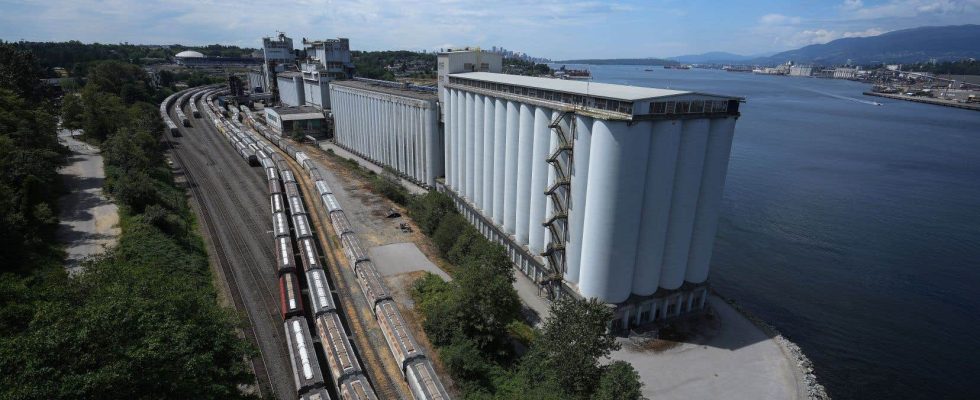Activities at British Columbia ports were to resume Thursday afternoon, according to the Provincial Association of Maritime Employers, after reaching a tentative agreement with the 7,400 longshoremen on strike for 13 days.
The employers’ association said activities were due to resume on Thursday with the 4:30 p.m. local time shift, confirming a message on Twitter from its dispatch center.
The province’s maritime employers’ association said earlier Thursday it had reached a four-year tentative agreement with the union representing the 7,400 striking stevedores, the International Longshore and Warehouse Union. Canada”.
The tentative agreement was reached after federal Labor Minister Seamus O’Regan asked a mediator to propose terms for a possible settlement earlier this week. The minister explained Wednesday evening that “the difference between the positions of the employer and the union was not sufficient to justify the continuation” of the strike.
The union and employers had 24 hours to respond to the mediator’s proposed settlement, which both sides received on Wednesday.
Minister O’Regan wrote on Twitter on Thursday afternoon: “the strike is over”. He added that the union and employers’ association had “agreed to the federal mediators’ settlement terms.” He clarified that the parties are now finalizing the details of the return to work at the ports of British Columbia.
This agreement in principle must now be ratified by both parties, the details will then not be made public. The Maritime Employers Association says the agreement “recognizes the skills and efforts of British Columbia longshoremen.”
In a joint statement on Thursday, Minister O’Regan and his transport colleague, Omar Alghabra, thanked both parties, recalling however that “the scale of these disturbances is considerable”.
“She showed how important industry-union relations are to our national interest. Our supply chains and our economy depend on it.
“We do not want to find ourselves in the same situation, write the federal ministers. Agreements like this, reached between the parties at the negotiating table, are the best way to avoid that. »
Since July 1
Since July 1, the strike has interrupted shipments to and from some 30 ports in British Columbia, including the largest in Canada, Vancouver.
The Greater Vancouver Chamber of Commerce says as of Wednesday, 63,000 containers were waiting to be unloaded from ships at BC ports. According to the Chamber, this number would have reached 245,000 containers if the strike had lasted until the end of July.
Bridgitte Anderson, CEO of the Chamber of Commerce, was pleased with the agreement reached, but noted that it would take time for freight operations to return to normal and the economy to recover. .
“The consequences of the strike have been felt in various sectors nationwide and will continue for some time,” she said Thursday.
The Chamber of Commerce estimates that the 13-day strike — the longest work stoppage in more than 40 years, according to Ms. Anderson — disrupted business operations worth $9.7 billion Thursday morning.
Dennis Darby, CEO of Canadian Manufacturers & Exporters, said in a statement that he was relieved the “crisis” appears to be over, but noted that manufacturers will spend the “coming months making up for lost time. “.
“The total cost to our industry is not just strike days, but the days and months of work that precede and follow a disruption,” he said. “That’s why we need reforms that will avoid a complete shutdown of Canada’s transportation system and supply chains every six months. »
The CEO of Manufacturiers et Exportateurs du Québec, Véronique Proulx, “strongly hopes that this agreement will be ratified as soon as possible in order to settle this labor dispute which has already had too great an impact on our businesses. »
“Quebec manufacturers are held hostage with these repeated strikes,” she wrote. Transportation must become an essential service while a strike has the power to paralyze the economy of Quebec, and ultimately, all Quebecers. »
